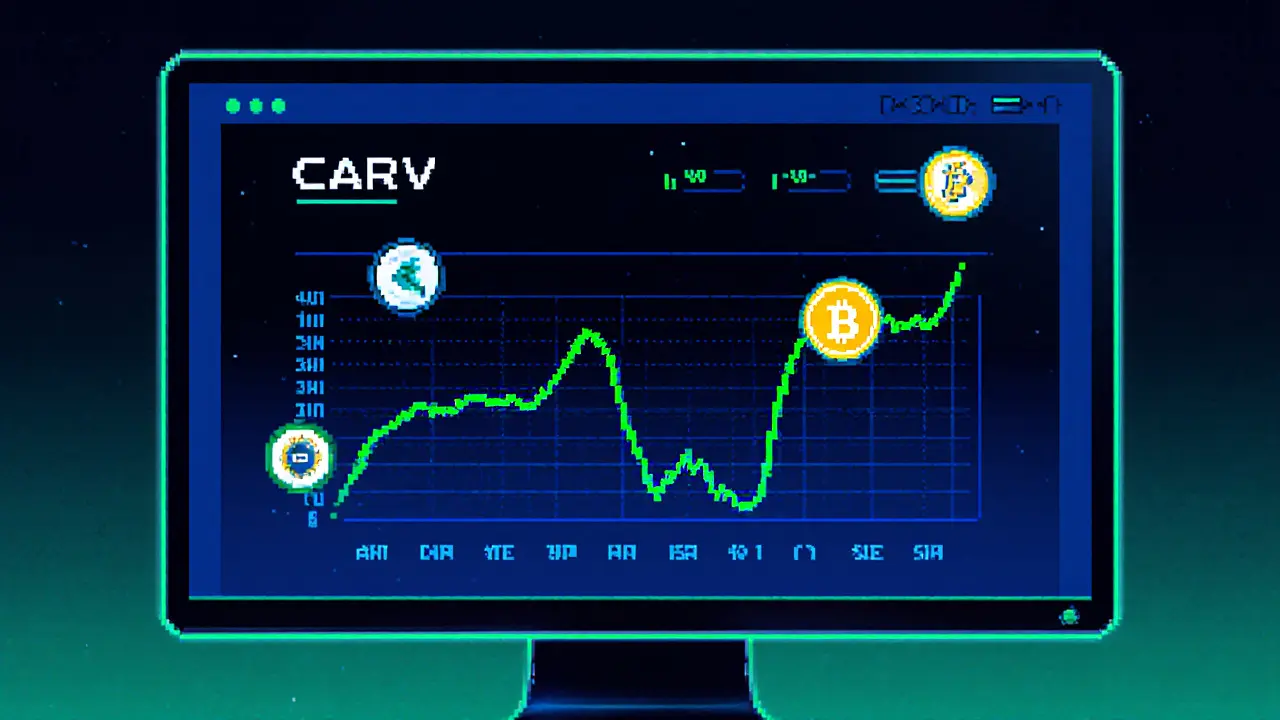AI Blockchain: The Fusion of Artificial Intelligence and Distributed Ledgers
When working with AI blockchain, a technology that merges artificial intelligence algorithms with blockchain’s immutable ledger. Also known as AI‑powered blockchain, it delivers adaptive smart contracts and data‑driven token economics. In plain terms, AI blockchain lets machines learn from on‑chain data and automatically adjust rules without human intervention. This combination means transactions stay transparent while decisions become smarter. Think of a trading bot that not only executes trades on a decentralized exchange but also rewrites its own risk parameters when market volatility spikes – that’s AI blockchain in action. The core idea is simple: use AI to interpret patterns, then lock the results into a tamper‑proof chain so anyone can verify the outcome. This synergy fuels new business models, from dynamic NFTs that evolve based on user behavior to supply‑chain trackers that predict delays before they happen.
Key Building Blocks that Power AI Blockchain
The first building block is smart contracts, self‑executing code that runs when predefined conditions are met. Traditional contracts are static, but when you inject AI, they become capable of learning and adjusting. For example, a lending protocol can use a machine‑learning model to reassess borrower credit scores in real time, automatically updating interest rates stored on‑chain. The second pillar is decentralized finance, a suite of financial services that operate without central intermediaries. DeFi platforms are rapidly adopting AI to optimize yield farming, predict asset correlations, and manage liquidity pools more efficiently. By feeding AI insights into DeFi smart contracts, protocols can rebalance portfolios automatically, reducing human error and slippage. The third essential component is machine learning, algorithms that improve performance by analyzing large datasets.. In the AI blockchain context, these models ingest on‑chain historical data, off‑chain market feeds, and even social sentiment to make decisions that are subsequently encoded into the blockchain. Finally, tokenomics, the economic design that defines token supply, distribution, and incentives. AI can simulate countless token‑supply scenarios, helping creators choose the most sustainable model before launch. Together, these four elements form a feedback loop: AI analyses data, smart contracts enforce outcomes, DeFi executes the financial logic, and tokenomics rewards participants, all recorded on an immutable ledger.
These relationships create a powerful ecosystem. AI blockchain encompasses adaptive smart contracts, requires machine‑learning models, influences decentralized finance strategies, and shapes tokenomics designs. Because each piece talks to the others, any upgrade in one area instantly ripples through the whole network. For developers, this means building modular AI components that can plug into any blockchain without rewriting code. For investors, it offers clearer risk metrics as AI predicts volatility and encodes safety nets directly into protocol rules. AI blockchain is still early, but the projects listed below already show how the technology can be applied—from AI‑driven futures platforms to token‑based AI services. Dive into the collection to see practical examples, step‑by‑step guides, and real‑world use cases that illustrate how this fusion is reshaping the crypto landscape.
What Is CARV (CARV) Crypto Coin? A Simple Guide
Posted By Tristan Valehart On 20 Jan 2025 Comments (17)

A clear, beginner‑friendly rundown of CARV crypto: what it is, market data, token economics, where to trade, AI/GameFi role, and key risks.
READ MORE